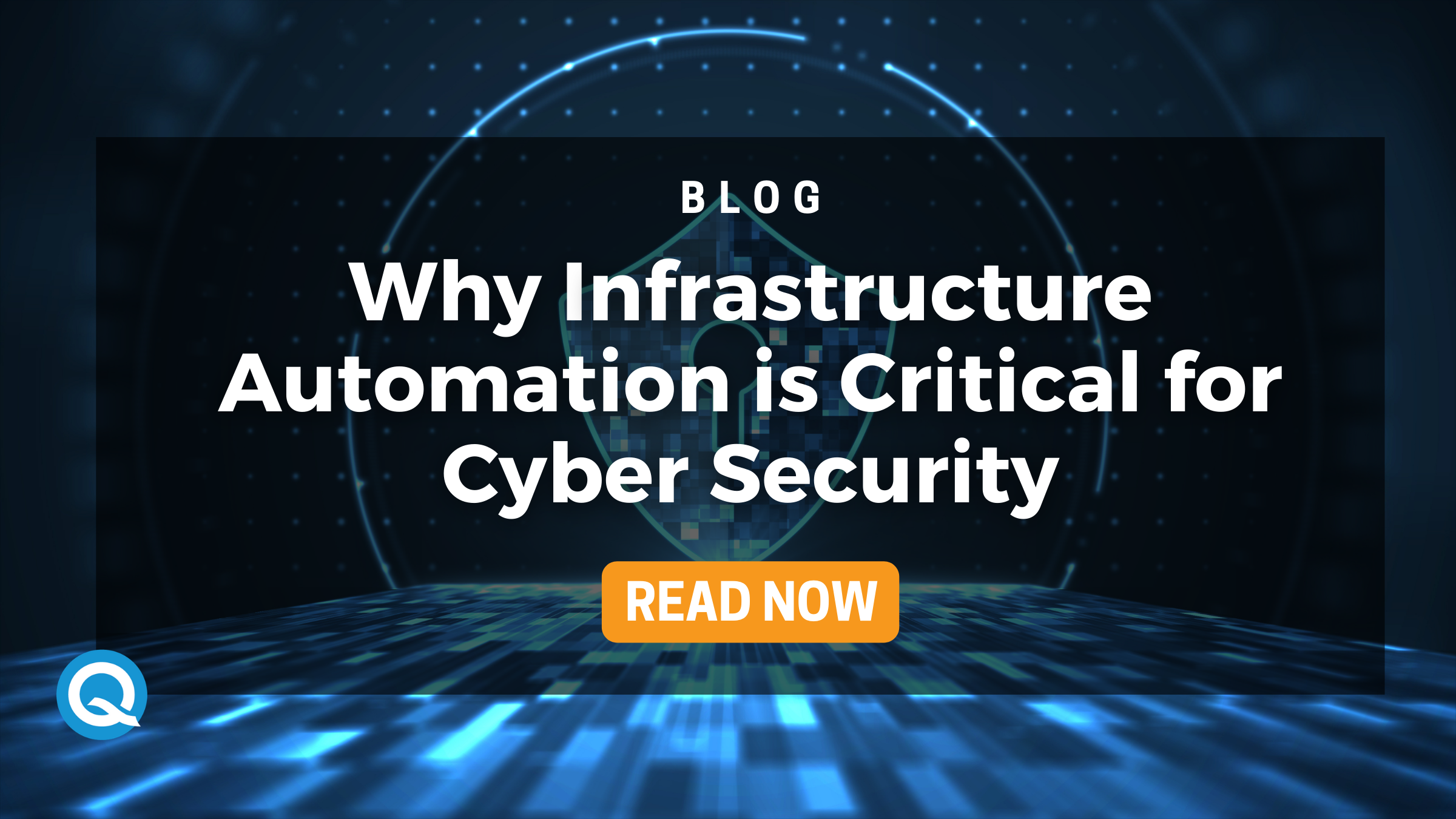Revelations about the recent SolarWinds hack have highlighted the evolving sophistication and growing effectiveness of cyber attacks, posing a significant threat to government agencies, corporations, and individuals globally. As these threats evolve, an organization’s ability to detect, withstand, recover from, and adapt to these adverse conditions must also evolve.
In order to do so, cyber security experts around the world must have an increased understanding of cyber criminals’ techniques and capabilities to identify vulnerabilities. To gain that expertise, they need to confront every possible scenario from every angle over and over again. A growing number of cyber security scenarios creates the need for a greater number of training environments for cyber security experts. As these environments become more complex, it presents a massive obstacle for many businesses.
The C.A.S.E. for Infrastructure Automation in Your Cyber Security Practice
The obstacles inherent in cyber security practice—Complexity, Availability, Speed, and Evolution—can be addressed by automating cyber security infrastructure. Here’s how.
COMPLEXITY
Cyber Range environments need to mirror all real-world aspects of the environments that cyber security professionals are training to protect. As our technological capabilities improve, the software and applications we use grow more complex—as do the environments in which they’re developed. On top of that, IT teams must be able to configure not just single cyber environments, but many complex cyber environments that simulate real-world conditions. As a result, the provisioning of those environments can create major bottlenecks.
Infrastructure automation can ease the burden of provisioning environments based on complex the real-world, full-stack infrastructure in which applications are developed. Though these cyber environments need to be configured and coded by skilled professionals, they can then be blueprinted and quickly provisioned for various cyber security uses, reducing the impact of complexity on environment provisioning.
AVAILABILITY
The ability to build and blueprint environments is just one way that infrastructure automation benefits a cyber practice. As cyber security teams continually need new environments that simulate real-world environments with a seemingly endless variety of configurations, IT teams often struggle to keep up with the demand using Infrastructure as Code (IaC) alone.
Infrastructure automation tools like CloudShell can make cyber range environment blueprints available to cyber security teams via a governed self-service portal. Users can drag and drop modules to combine physical and virtual infrastructure, network connectivity, applications, and cloud interfaces. Though users can access environments via self-service, CloudShell still helps IT teams maintain governance through features like Role-based Access Controls (RBAC) and Single Sign-on (SSO) to ensure team members are accessing the appropriate environments for their needs. These features allow for an automated process to potentially provision hundreds—even thousands—of simultaneous cyber environments without the time it would take to configure each environment, individually. Purpose-built environments can be offered as a just-in-time service to the various cross-functional cyber security teams.
SPEED
Cyber security training requires end users to be able to rapidly roll-out cyber environment designs and updates that introduce new scenarios and architectures. Due to the dynamic nature of cyber training and the need for a diverse array of environments, quick set-up and deployment is critical.
CloudShell can spin up pre-configured cyber range environments blueprinted to meet any specified criteria in minutes instead of days or weeks. The speed at which this can be done not only facilitates quicker availability of cyber range environments, but it also increases the scalability of cyber training operations allowing cyber security professionals to keep up with the rapidly evolving and increasingly sophisticated threats posed by malicious activity.
EVOLUTION
Since the cyber security landscape is continually becoming more sophisticated, an organization’s methods for combating cyber threats must evolve alongside it. This means that security professionals require continuous training, ongoing practice, and endless education. Ideally, cyber security training should include regular content updates based on new and increasingly sophisticated cyber security threats.
Since cyber training has to keep up with the pace of developments in the cyber security world, and security teams need to train in environments that reflect real-world scenarios, the configurations of varying cyber environments need to be fast and fluid. Not only is speed crucial, but access to these complex cyber environments needs to be widely distributed among cross-functional security teams. Automating the necessary infrastructure ensures that new cyber security scenarios can be delivered quickly and continuously, providing the necessary tools, so security organizations can be up to speed with evolving threats.
If you want to learn more about how Quali’s CloudShell can bolster your cyber range practice, download the solution brief, “Spin-up Your Training and Testing Cyber Range Environments in Under 1 Minute,” by clicking the button below.





